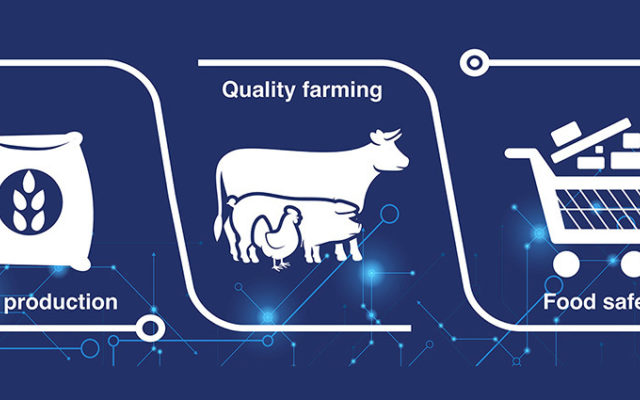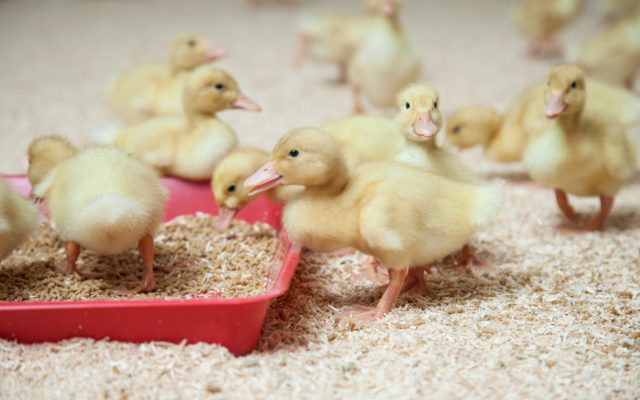TIPS & LATEST NEWS

Feed Quality Management Tips
POSTED: Dec 15, 2020
Feed represents the greatest share of duck production costs. To support efficient performance and health, duck feeds need to be formulated to provide the correct balance and quality of energy, protein and amino acids, minerals, vitamins, and essential fatty acids with optimal quality. Even a slight variation in quality of feed ingredients or finished feeds can affect duck performance. Whether you use a contract feed mill or run your own, it is essential to ensure that animals receive quality feeds.
Key Role of Feed Mill Laboratory
During feed manufacturing, there are four essential components of a quality assurance program:
- Ingredient quality control
- Process control
- Finished feed quality control
- Control of toxic substances
To fulfill each objective, an on-site feed mill QA laboratory plays an essential role by analyzing received ingredients and finished feeds and ensuring the accuracy of all processes at feed mill.
Feed Ingredient Analysis
The nutritional value of feed ingredients can vary depending on the season and source. A scientific analysis of these ingredients allows nutritionists to precisely formulate a balanced diet by ensuring an accurate nutrient profile. Other quality analyses can help limit or prevent the inclusion of bacterial, fungal or chemical contaminants in the feed ingredient and finished rations.
Finished Feeds Analysis
Like feed ingredients, all finished feeds should be inspected before use. The quality assurance evaluations for finished feeds include:
- Visual inspection – uniform color & texture
- Nutrient content- energy, protein, fat, calcium, phosphorus and sodium at specified levels according to feed formula
- Pellet quality - correct pellet size and durability as measured by a Pellet Durability Index (PDI) test
The Maple Leaf Farms Nutrition Quality Lab provides feed and ingredient analysis service. Contact us for more details and pricing.
OTHER NEWS YOU MIGHT LIKE. . .

Archer Receives Duck Research Award
Dr. Gregory Archer has received the 2021 PSA Maple Leaf Farms Duck Research Award.
Jun 02, 2021


Eurotier Goes Digital
Eurotier took place in February, but in a digital version due to the coronavirus pandemic.
Mar 18, 2021


Feed Quality Management Tips
Feed represents the greatest share of duck production costs. Whether you use a contract feed mill or run your own, it is essential to ensure that animals receive quality feeds.
Dec 15, 2020

